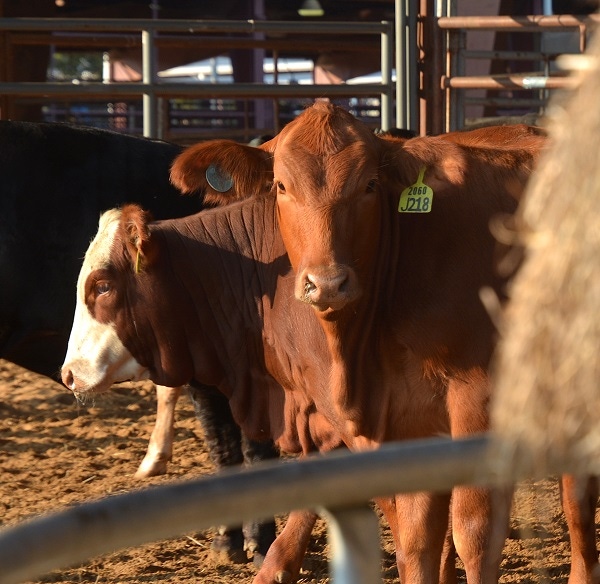November 13, 2014

Even with cattle prices at historic highs, producers could still find potential to make extra dollars and possibly add more young cows to a herd at current prices.
Dr. Levi Russell, AgriLife Extension economist in Corpus Christi, told attendees at the recent South Central Texas Cow-Calf Clinic in Brenham the cattle market has continued its historic price run due to supply constraints.
“Part of the reason for these high prices is low supply,” he said. “Overall, it doesn’t appear these prices are going to level off anytime soon due to the fact there are fewer beef cows out there.”
Russell said data indicate continued strong consumer demand, both domestically and for exports.
“This makes most folks think these high prices will continue to hold,” he said.
Prices for 700-pound to 800-pound steers in the first quarter of 2015 suggest $229 per hundredweight to $333 per hundredweight, according to Dr. David Anderson, AgriLife Extension livestock economist, College Station.
Those prices are expected to remain relatively steady throughout 2015 as more ranchers continue to slowly rebuild herds, Russell said.
Russell said simple management practices such as castrating calves can add more dollars to a rancher’s pocket.
For the latest on southwest agriculture, please check out Southwest Farm Press Daily and receive the latest news right to your inbox.
“I want to emphasize there’s some real value in castrating your calves,” Russell said. “Those who don’t choose to castrate would be better off selling those calves before they reach 600 pounds,” he said, or face discounts up to 8 percent.
Russell also demonstrated the Bid Price Estimator for Beef Cows, a spreadsheet program that can assist beef cattle producers when deciding to buy replacement cattle. The program allows producers to input an expected rate of return against the net cash outlay for buying replacement cattle.
The spreadsheet considers annual operating costs as well as financing information.
“People are saying females are expensive to … buy right now,” Russell said. “But that net present value is what indicates your return on investment.”
To access the spreadsheet, visit http://bit.ly/1jOtkRj .
You May Also Like




